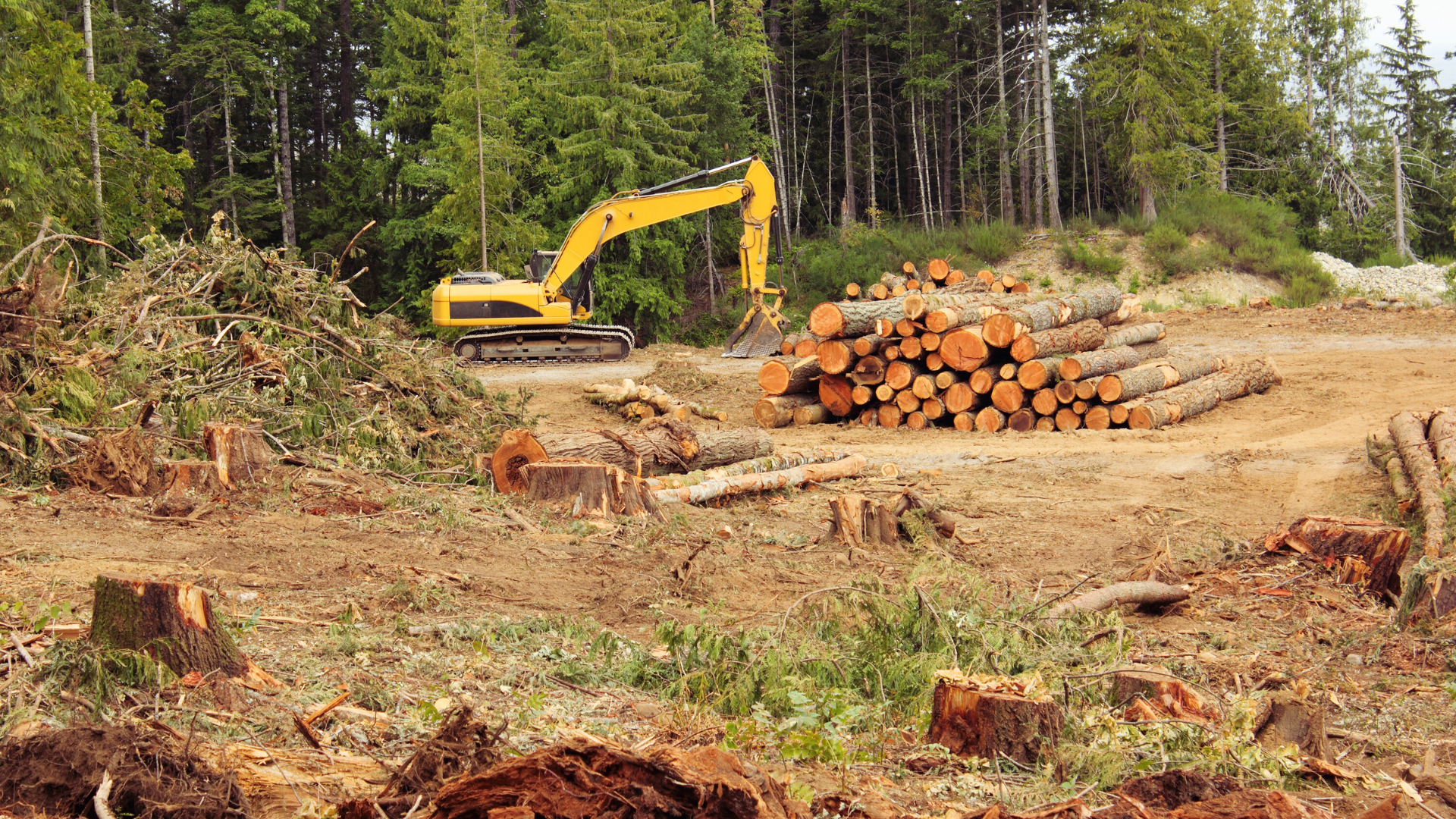
Deforestation is a critical issue that affects not only the environment but also global warming and the ongoing climate crisis. It occurs primarily due to human activities such as agriculture, logging, and urban development. The key to addressing deforestation lies in sustainable practices, reforestation efforts, and responsible consumption.
Forests play a vital role in regulating the Earth’s climate, absorbing carbon dioxide and providing oxygen. Their destruction leads to increased greenhouse gas emissions, exacerbating climate change. By understanding the causes and implementing effective solutions, individuals and communities can contribute significantly to forest preservation.
Efforts to combat deforestation include promoting sustainable agriculture, supporting eco-friendly products, and encouraging policies that protect natural habitats. Engaging in these strategies enables a collective movement towards a healthier planet, making awareness and action essential for future generations.
Understanding Deforestation
Deforestation results from a variety of human activities that contribute to the significant loss of forests. Key drivers include agriculture, logging, and infrastructure development, each with far-reaching effects on the environment.
Drivers of Deforestation
Agricultural expansion is the leading cause of deforestation. Land is often cleared for crops like soybean and palm oil, which are in high demand globally. These practices lead to forest degradation, with habitats destroyed to create arable land.
Logging also plays a significant role. Both legal and illegal logging operations target valuable timber, resulting in the loss of trees vital for ecosystem balance. Infrastructure projects, such as roads and urban development, further fragment forests, making them more vulnerable to other threats.
Deforestation and the Climate Crisis
Deforestation contributes to climate change by increasing carbon dioxide levels in the atmosphere. Trees absorb carbon, and their removal releases stored carbon, aggravating global warming. This change affects weather patterns and can lead to more extreme weather events.
Tropical forests are particularly crucial in this context. They are dense with biodiversity and act as significant carbon sinks. Protecting these areas is vital for mitigating climate impacts and preserving global temperature stability, which reinforces the need for urgent action.
Impacts on Biodiversity and Ecosystems
The loss of forests leads to habitat destruction, endangering countless species. Many organisms rely on forest ecosystems, which provide food, shelter, and breeding grounds. Deforestation disrupts these intricate relationships, leading to decreased biodiversity.
Additionally, the removal of trees affects ecosystem services such as water purification, soil fertility, and air quality. These services are essential for human well-being and agricultural productivity. The decline of flora and fauna that thrive in forests illustrates the interconnectedness of environmental health and human prosperity.
The Global Impact of Deforestation
Deforestation has widespread implications that affect not only local ecosystems but also global phenomena. The repercussions of forest loss can be seen in the lives of indigenous peoples, in the rise of greenhouse gas emissions, and in the frequency and intensity of forest fires.
Effects on Indigenous Peoples
Indigenous peoples heavily depend on forests for their livelihoods, culture, and identity. As deforestation occurs, many communities lose their homes, resulting in displacement and erosion of traditional ways of life.
The Amazon rainforest is particularly affected, with significant threats to the survival of tribes that rely on its resources. When their land is destroyed, it leads to a loss of biodiversity, cultural heritage, and social stability.
Moreover, the disruption of their environment can cause increased health issues due to a decline in access to natural resources essential for food and medicine.
Deforestation and Global Emissions
Forests act as significant carbon sinks, absorbing carbon dioxide and reducing greenhouse gas emissions. The loss of trees leads to increased carbon emissions. It is estimated that deforestation accounts for nearly 10% of global emissions, contributing significantly to climate change.
Brazil is a key player in this scenario, with vast areas of the Amazon being cleared for agriculture and urban development.
The rise in atmospheric carbon dioxide exacerbates global warming, resulting in extreme weather patterns and changes in precipitation, ultimately altering ecosystems and agriculture worldwide.
Forest Fires and Their Consequences
Deforestation often leads to an increase in forest fires, which have devastating effects on both local and global scales. Fires can result from land clearing practices and can spread rapidly through dry and deforested areas.
These incidents release large quantities of carbon dioxide and other pollutants into the atmosphere, driving up greenhouse gas levels.
In addition, forest fires destroy wildlife habitats, leading to biodiversity loss. The aftermath of such fires can linger, hindering forest regeneration and perpetuating cycles of environmental degradation.
Conservation Efforts and Solutions
Effective conservation efforts and solutions play a crucial role in addressing deforestation. Initiatives range from establishing legal frameworks to promoting sustainable practices and enhancing forest restoration.
Legal Framework and Protected Areas
Legal protections are essential for conserving forests and their biodiversity. Governments establish protected areas to conserve ecosystems and wildlife, restricting activities like mining and unsustainable agriculture.
For example, national parks and wildlife reserves serve as sanctuaries for threatened species, reducing biodiversity loss and extinction. Implementing laws that regulate land use and limit deforestation activities helps maintain forest cover.
Additionally, international agreements, such as REDD+, incentivise countries to reduce emissions from deforestation and degradation, aligning economic development with environmental sustainability.
Sustainable Agricultural Practices
Transitioning to sustainable agricultural practices can significantly reduce the pressure on forests. This includes minimising the expansion of cattle ranching and soy production, which are leading causes of deforestation.
Practices like agroforestry integrate crops and trees, promoting biodiversity while providing economic benefits. Techniques such as crop rotation and organic farming enhance soil health and reduce the need for chemical inputs, leading to healthier ecosystems.
Incorporating certifications for sustainable products can encourage consumers to choose goods that support environmentally friendly practices. This shift will ultimately reduce deforestation linked to agricultural expansion.
Restoration and Afforestation
Restoration and afforestation practices are pivotal in reversing deforestation effects. Tree planting initiatives can restore degraded land, increase carbon sequestration, and improve biodiversity.
Restoration projects focus on re-establishing native vegetation, enhancing ecosystem services like water regulation and soil stability. By reintroducing locally adapted species, these projects can create resilient forests. On privately managed lands, partnering with specialists like Lone Star Land Restoration can also address invasive species and protective measures—such as feral hog control and hog-proof fencing—to improve the long-term success of restoration efforts.
Collaboration with local communities is vital for successful afforestation efforts. Engaging residents ensures long-term stewardship of restored areas, fostering a sense of ownership that promotes conservation.
